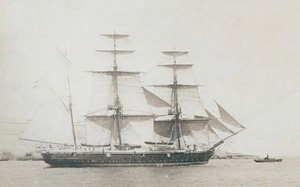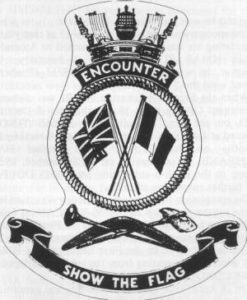September 2019 By Dennis J Weatherall JP TM AFAITT(L) LSM, Volunteer Researcher, Naval Historical Society of Australia It’s reputed that the first sighting of the southern coast of our Great South ...
Adelaide
HMS Danae in Adelaide – Christmas 1936
HMAS Encounter – Decommissioning at Port Adelaide
On 12th April, 1915, the Commonwealth acquired land for the purposes of establishing a new naval depot in South Australia, to replace the existing depot at Largs Bay. The new ...


